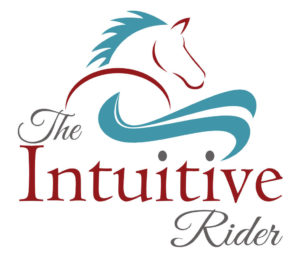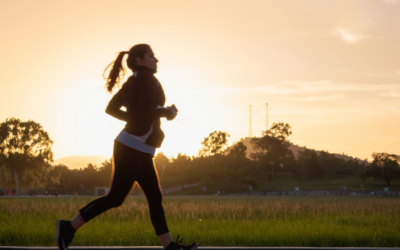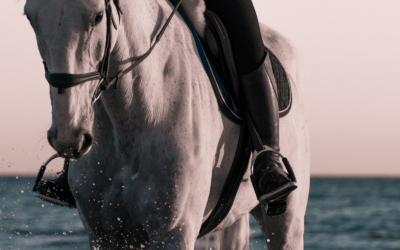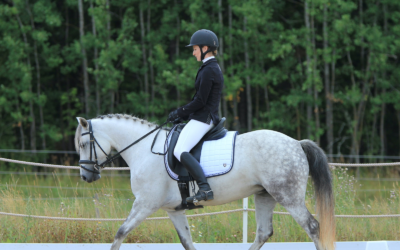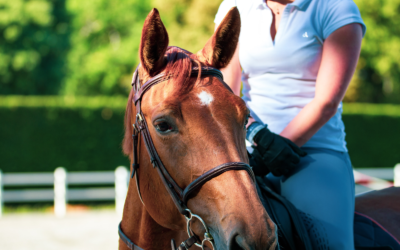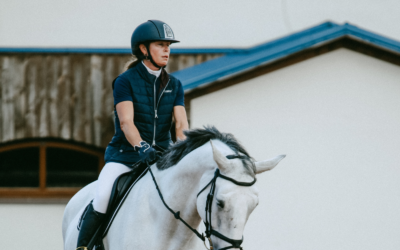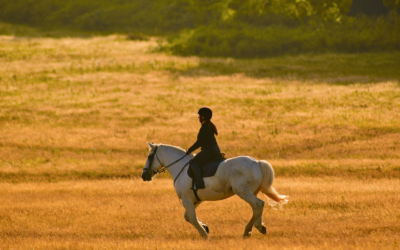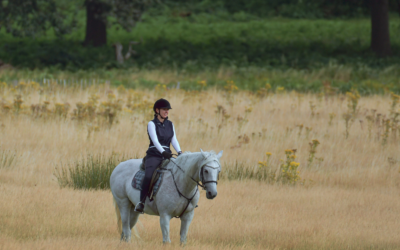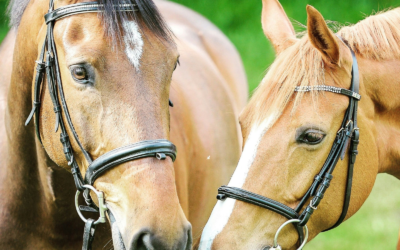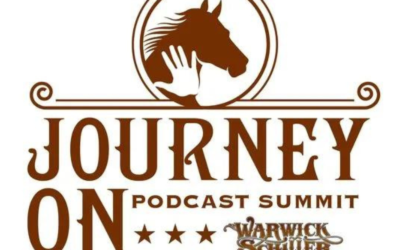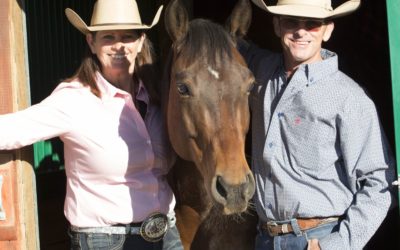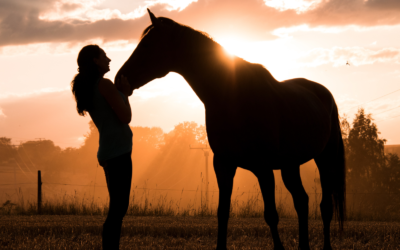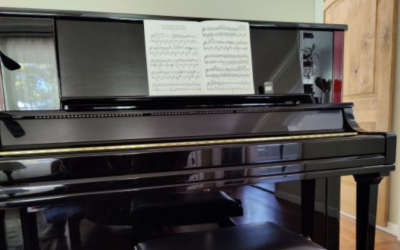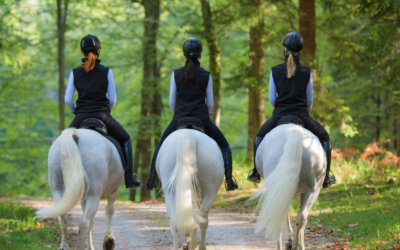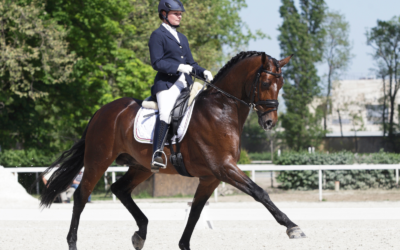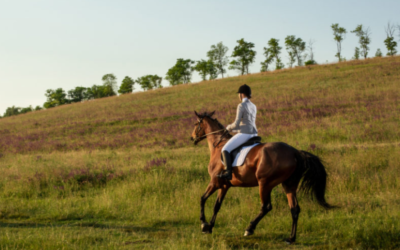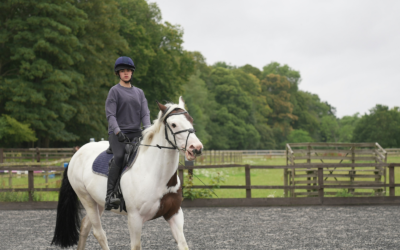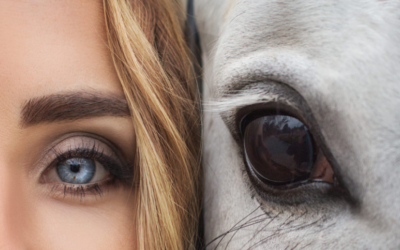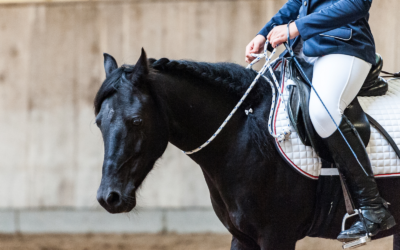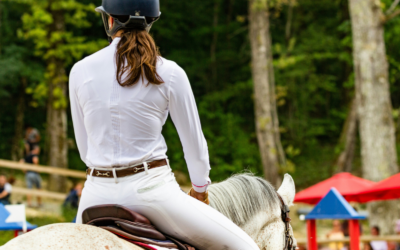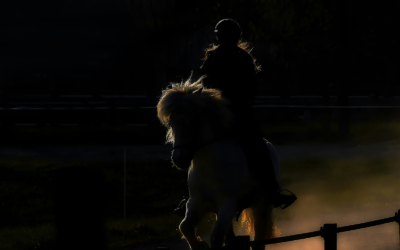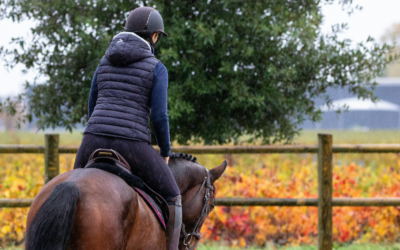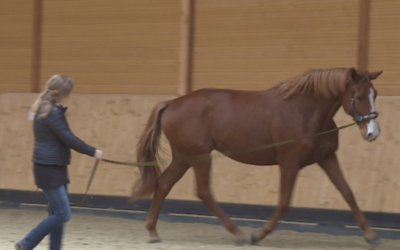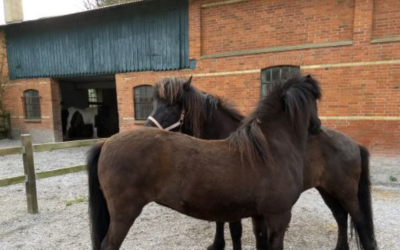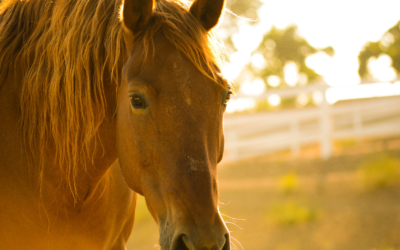photo by Kajetan Sumila on Unsplash
Stories & Inspiration
Overcome Fear – An Exercise
Fear in horse riding is real, and it can take away from the joy and connection we want to experience with our horses.
One of the concepts I find very useful in helping my clients to understand and overcome their fear, is the approach of two Australian neuroscientists: Dr. David Butler and Professor Lorimer Moseley*. Their work revolves around explaining pain. Interestingly enough, from a brain-perspective pain and fear are very connected.
They talk about “DIMs” and “SIMs” (“Dangers In Me” and “Safeties In Me”). Here is how this works in a nutshell:
Things that you perceive as dangerous are DIMs, things you perceive as safe are SIMs. This works like an internal balance sheet: Do I have more and stronger DIMs or more and stronger SIMs?
Examples:
Self Talk:
DIM: “I came off in this corner last time when my horse spooked. I am sure I will come off again.”
SIM: “I came off in this corner last time when my horse spooked. I have worked on my balance since, and feel much more secure now.”
Things You Are Doing:
DIM: “I don’t bounce anymore. If I come off, I will really hurt myself.”
SIM: “I am wearing a safety vest, so that my body is protected in case I come off.”
The DIMs and SIMs don’t have to be related to your riding, they come from all areas of your life and create a certain way your brain sees the world. When you build your SIMs in all areas of your life, it will have an effect on your riding too.
An example of how one of my clients changed a DIM into a SIM:
She hadn’t talked to a friend in some time and was afraid the friend was mad at her. Her friend means a lot to her and has been an important part of her social support system. Not having her in her life created a feeling of loss and made her feel less safe. After reconnecting with her friend, her relief was huge, and it made her world feel better and safer.
Your Turn:
Take a moment now, grab a piece of paper, draw a line in the middle and write down your DIMs (Dangers In Me) on the left, the SIMs (Safeties In Me) on the right.
For example:
1. Things you do:
DIM: not exercising enough, overdoing exercise;
SIM: walking on the beach, talking with a friend
2. Things you think and believe
DIM: e.g. self talk that makes you feel less confident, “I am not good, smart, strong enough…”
3. Things happening in your body
e.g. in riding:
DIM: lack of balance, holding breath, pain;
SIM: ability to focus, good body awareness, working on balance
4. People in your life, and your relationship with them
After identifying your DIMs and SIMs, think about strategies for how to build more SIMs in your life, or even change a DIM into a SIM like in the example of my client and her friend.
Let me know how it goes!
